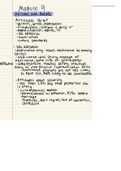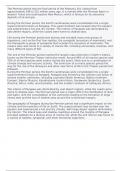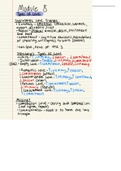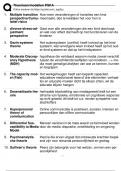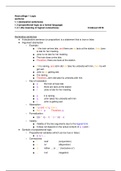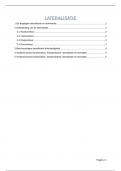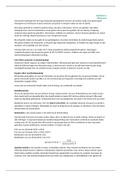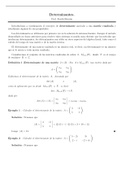Examen
Test_bank_Cal
- Grado
- Institución
Lecturer: Approved by: . . . . . . . . . . . . . . . . . . . . . . . . . . . . . . . . . . . . . . . . . . . . . . . . . . . . . . . . . . . . . . . . . . . . . . . . . . . . . . . . . . . . . . . . . . . . . . . . . . . . . . . . . . . . . . . . . UNIVERSITYOFTECHNOLOGY VNUHCM FACULTYOFA...
[Mostrar más]
